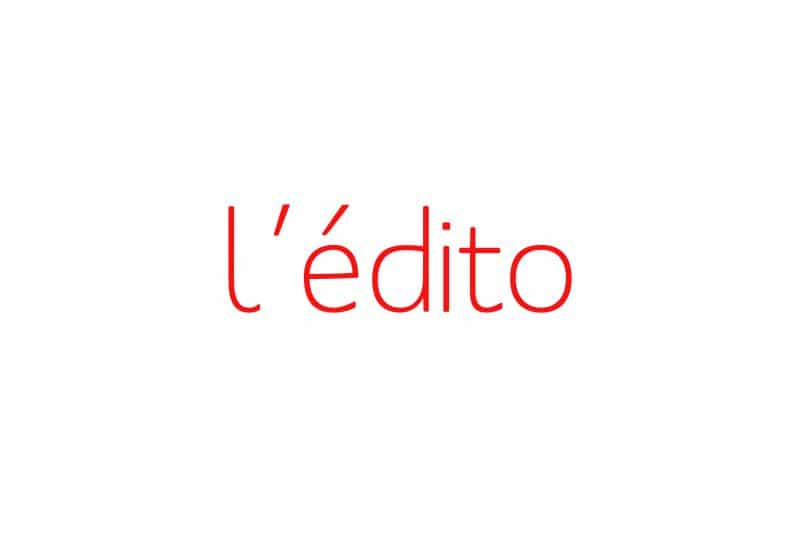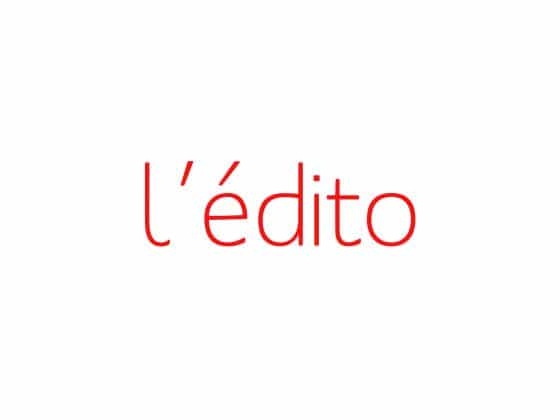Que va-t-il arriver avec l’intelligence artificielle ?
Je réfléchis aux conséquences de l’irruption de l’AI dans la photographie. Nous en sommes un peu comme au xixe siècle lors de l’invention de la photographie : la peinture a dû se réinventer pour survivre… et elle y a plutôt bien réussi.
Il en sera de même pour la photographie mais avec des changements majeurs : les graphistes et imprimeurs devront l’intégrer sous peine de disparaître, les écoles des Beaux-arts devront apprendre à leurs élèves à s’en servir sous peine de devenir « hasbeen », les plasticiens seront obligés à s’exprimer à travers elle car sinon leur démarche se trouvera obsolète, les stylistes, couturiers et mannequins verront des créations inouïes sortir de l’ordinateur, les forçant au chômage ou à son apprentissage, les post-traitements d’image devront de plus en plus l’intégrer à leurs manipulations, facilitant l’amélioration des photos, les galeries et autres Frac seront contraintes d’exposer des oeuvres réalisées grâce à elle… Bref, le monde n’en n’est vraiment qu’au début d’une vaste révolution graphique !
Et les photographes « lambda » dans tout cela ? Comme je l’ai indiqué au début, ils devront s’adapter aux nouvelles tendances pour devenir encore plus créatifs et performants… ou alors ils resteront les gardiens d’une photographie immuable. À chacun de choisir.
What are the implications of artificial intelligence?
I’ve been thinking a lot recently about the implications of AI for photography and am reminded of the similar situation that occurred in the nineteenth century when photography itself was invented and it was painting that had to re-invent itself in order to remain relevant. It ended up succeeding admirably.
I am confident that the same will ultimately apply to photography, but there is no doubt it will entail a few major provisos. Graphic designers and printers will have no choice but to embrace the new technology or risk becoming redundant ’has beens’. Similarly, art schools will have to train their students how to apply it and visual artists will be compelled to adopt it in order to avoid becoming obsolete. There will be parallel repercussions and choices to be made in the worlds of fashion, where designers will be confronted with irresistible creations conceived by computer, and the processing of images, where it will become ever easier to manipulate photos. Galleries and other outlets will increasingly have to accept and accommodate artworks produced using AI. In short, the world is currently only in the very early stages of a vast revolution in the field of graphics.
So where do ordinary photographers like you and I stand in all this? As implied above, we will simply have to adapt and evolve with the new trends in order to become ever more creative and efficient. Otherwise, we risk being forever relegated to a dying breed of custodians perpetuating what may only be viewed as the photography of a bygone age. The choice is ours.


